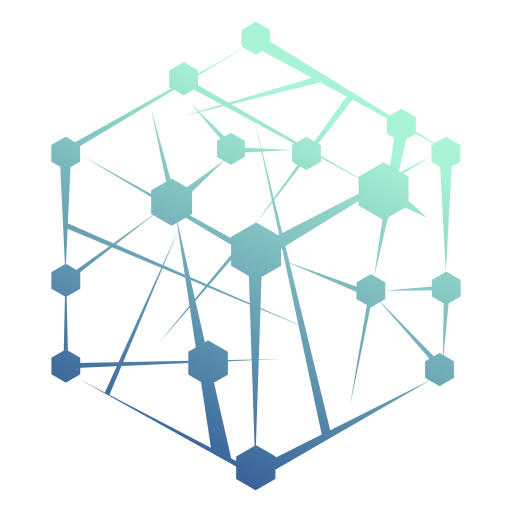Exploring the Potential of Brain-Computer Interfaces: The Next Frontier in Technological Advancements
In the realm of technological advancements, the field of healthcare is witnessing a new frontier with the emergence of Brain-Computer Interfaces (BCIs). These innovative tools and applications are unlocking new possibilities in the control of machines using the power of the human brain. BCIs enable a direct exchange of signals between the brain and external devices, allowing humans to control machines without physical constraints or body movement.
The concept of BCIs dates back to the 1920s when Hans Berger discovered the electrical activity of the brain. Since then, significant progress has been made in the development of BCI applications. The field gained momentum in the 1970s with experiments conducted on animals and later on humans. Today, BCIs are being extensively researched and funded by prominent organizations like the Defense Advanced Research Projects Agency (DARPA) and the Army Research Lab.
How Do Brain-Computer Interfaces Work?
The human brain consists of nearly 100 billion neural connections that process billions of bits of information every second. BCIs utilize computer chips programmed to convert neural signals into actionable commands. To establish effective communication between the BCI and the user, training is required to generate brain signals that encode intention. The BCI then decodes these signals and translates them into meaningful commands to control an output device.
A Brain-Computer Interface system comprises various components that work together to enable this communication. Signal or data acquisition is the first step, followed by signal extraction, feature translation, and generating an output. The components of a BCI system can be enhanced to extend its functionality and capabilities.
Practical Applications of Brain-Computer Interfaces
BCIs have made significant contributions to various fields, including healthcare, neuroergonomics, smart environments, neuromarketing, education, games and entertainment, and security. In the healthcare sector, BCIs offer a range of applications in prevention, detection, diagnosis, rehabilitation, and restoration.
One of the remarkable applications of BCIs is their potential to provide assistive communication tools for individuals with neurological disorders such as stroke, cerebral palsy, multiple sclerosis, amyotrophic lateral sclerosis (ALS), and spinal cord injury. BCIs enable these individuals to regain control of their limbs, express their thoughts, and interact with the world.
BCIs also hold promise in neurorehabilitation, helping people recover motor functions impaired by trauma or disease. They can be used to train and improve the motor and cognitive abilities of the elderly, counteracting the effects of aging. Additionally, BCIs have implications in the military, where they can enhance national defense capabilities, including telepresence and the control of drones or other military equipment.
Types of Brain-Computer Interfaces
There are different types of BCIs, each with its own characteristics and applications. Non-invasive BCIs use techniques like electroencephalography (EEG) to monitor and analyze brain wave activity. EEG involves placing electrodes on the scalp to measure the brain's electrical activity. While non-invasive BCIs are cheaper, easier to use, and portable, they have lower spatial resolution and capture weaker brain signals due to the obstruction of the skull.
Partially invasive BCIs involve implanting electrodes on the brain's surface, known as electrocorticography (ECoG). This method provides higher signal quality and spatial resolution compared to non-invasive BCIs. Invasive BCIs, on the other hand, involve the precise implantation of electrodes inside the brain tissue. Invasive BCIs offer the highest signal quality and have the potential for long-term clinical applications, but they require surgery and medical professional guidance.
Benefits and Challenges of Brain-Computer Interfaces
However, there are also challenges associated with BCI technology. Signal acquisition hardware needs to be cost-effective, portable, durable, and easy to use. Reliability and natural muscle function are crucial factors for the acceptance and widespread use of BCIs. Technical challenges include non-linearity, non-stationarity, noise, small training sets, and dimensionality. Usability challenges involve user training and information transfer rate.
Ethical considerations are paramount when developing and using BCIs. Privacy, informed consent, and access to the technology are important factors to address. Additionally, the long-term physical and mental effects of BCIs are still unknown and require further research.
The Future of Brain-Computer Interfaces
The future of BCI technology holds immense potential. As our understanding of the brain advances, BCIs are expected to become more precise, reliable, and accessible. They have the power to revolutionize human-computer interaction, making digital devices feel like extensions of our bodies and minds.
BCIs are likely to find applications beyond healthcare, in fields such as augmented and virtual reality, education, and entertainment. They can enhance our ability to control our environment, leading to personalized experiences in smart homes. BCI technology has the potential to improve communication, productivity, and quality of life in various domains.
Collaboration between academic institutions and private companies is driving advancements in BCI technology. Prominent players include the BrainGate team at Brown University, Elon Musk's Neuralink, Kernel, Emotiv, and NeuroPace. These organizations are pushing the boundaries of BCI research and development, aiming to harness the full potential of this transformative technology.
As we venture into the realm of BCI technology, it is crucial to address ethical and societal implications. Data privacy, accessibility, and the impact on the concept of being human are significant factors to consider. Proactive measures, guidelines, and regulations should be implemented to ensure the responsible development and use of BCIs.
While there are challenges to overcome, the potential rewards of BCI technology are transformative. We are entering a new era of human-computer interaction, where the interface lies within our own minds. With careful consideration and continuous research, BCIs have the power to reshape our world and improve the lives of individuals with neurological disorders.
